Clay Pot Cooler - pot in pot design
Cool your food without electricity
With this clay pot cooler your fruits and vegetables will last much longer.
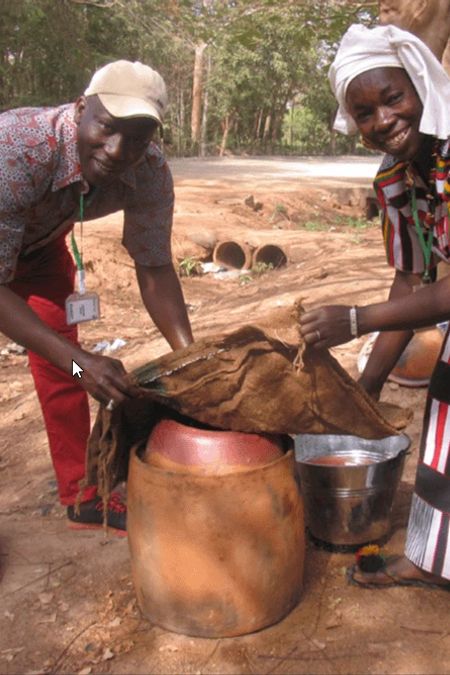
Cool your food without electricity
| Done in | 20 minutes |
|---|---|
| Skill level | easy |
With this clay pot cooler your fruits and vegetables will last much longer. Reduce food spoilage and prevent your post-harvest losses. Save time and money.
Clay pot coolers cool air through the evaporation of water. The temperature in the cooler will be at least 8°C lower than the maximum daily temperature.
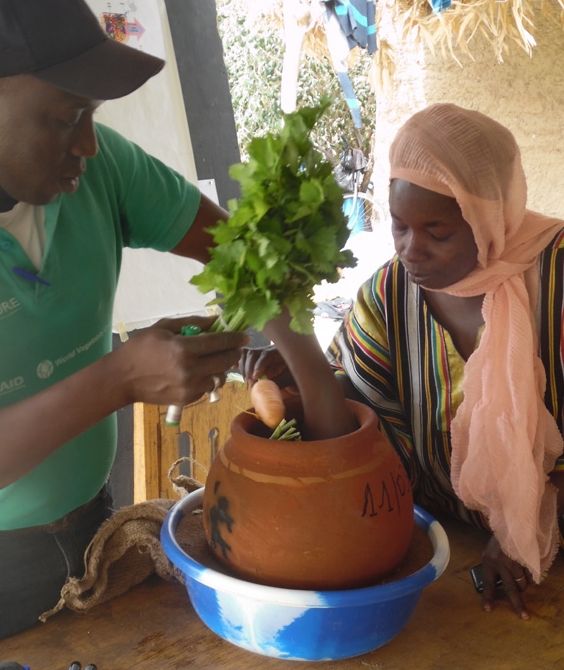
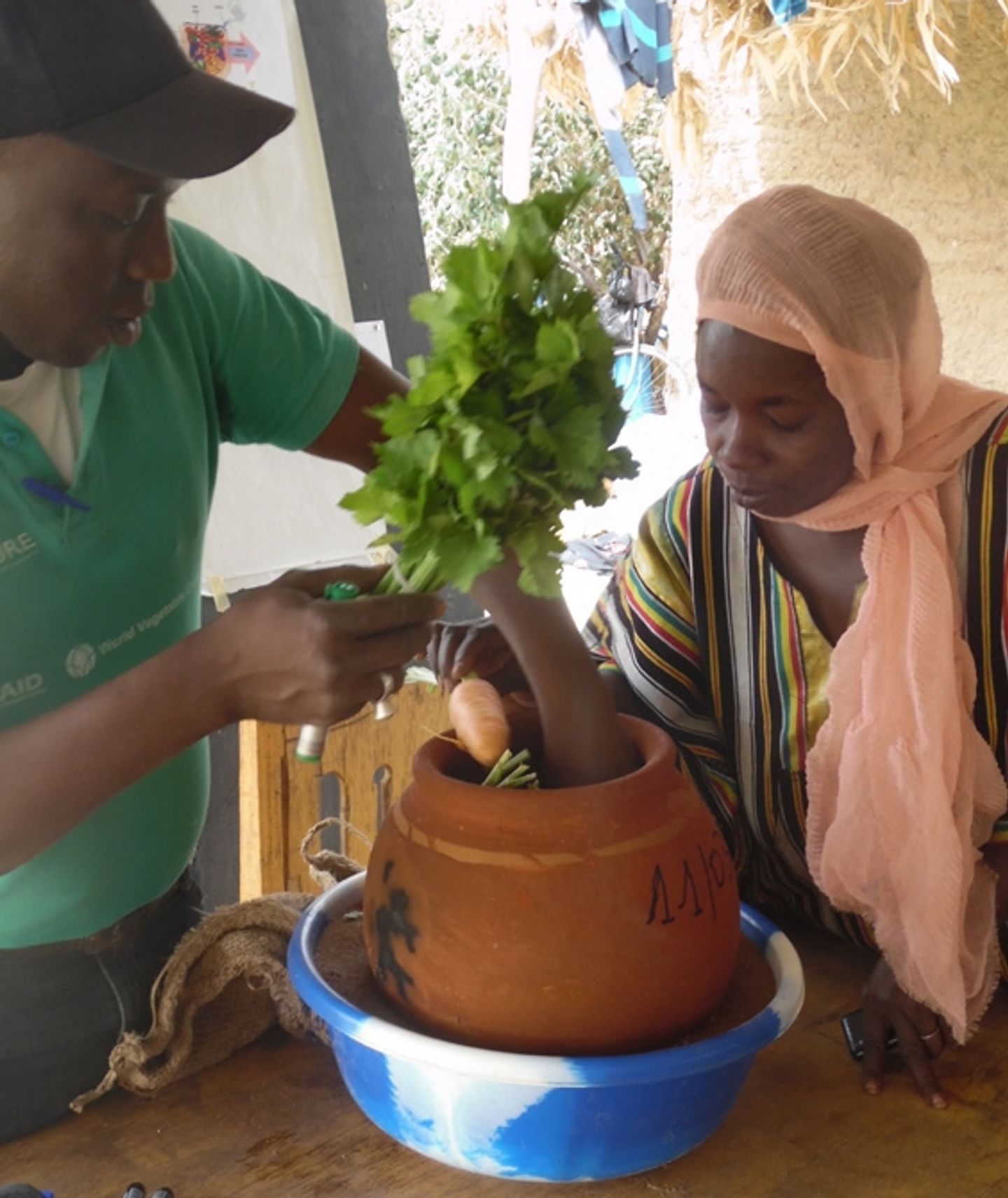
Photo Credits: Melissa Mangino (drawings), Djiguiba Boureima (title), Ba Germain Diarra
⚠ The clay pot cooler works best in arid areas where it is hot and dry, for example in Algeria, Libya, Mali, Niger, Burkina Faso, Nigeria, Chad, Sudan, Egypt, Eritrea, Somalia, Botswana, Namibia, Saudi Arabia, Oman, and Yemen.
Published under CC:BY-NC-SA by
CoolVeg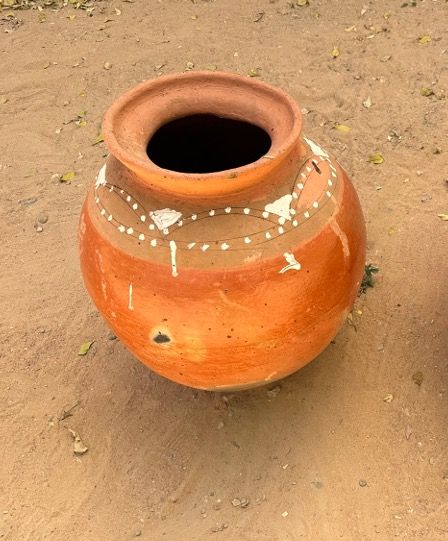
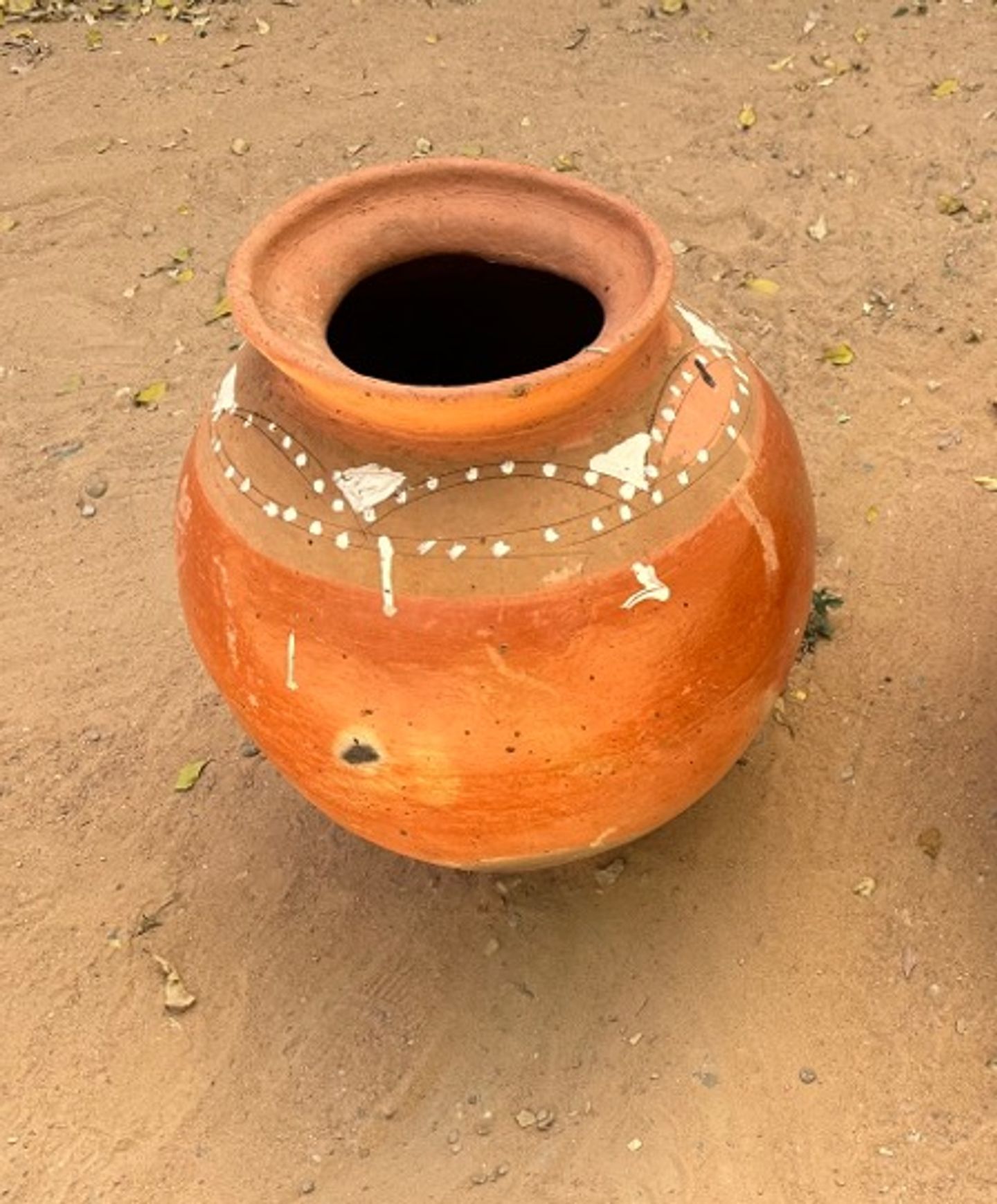
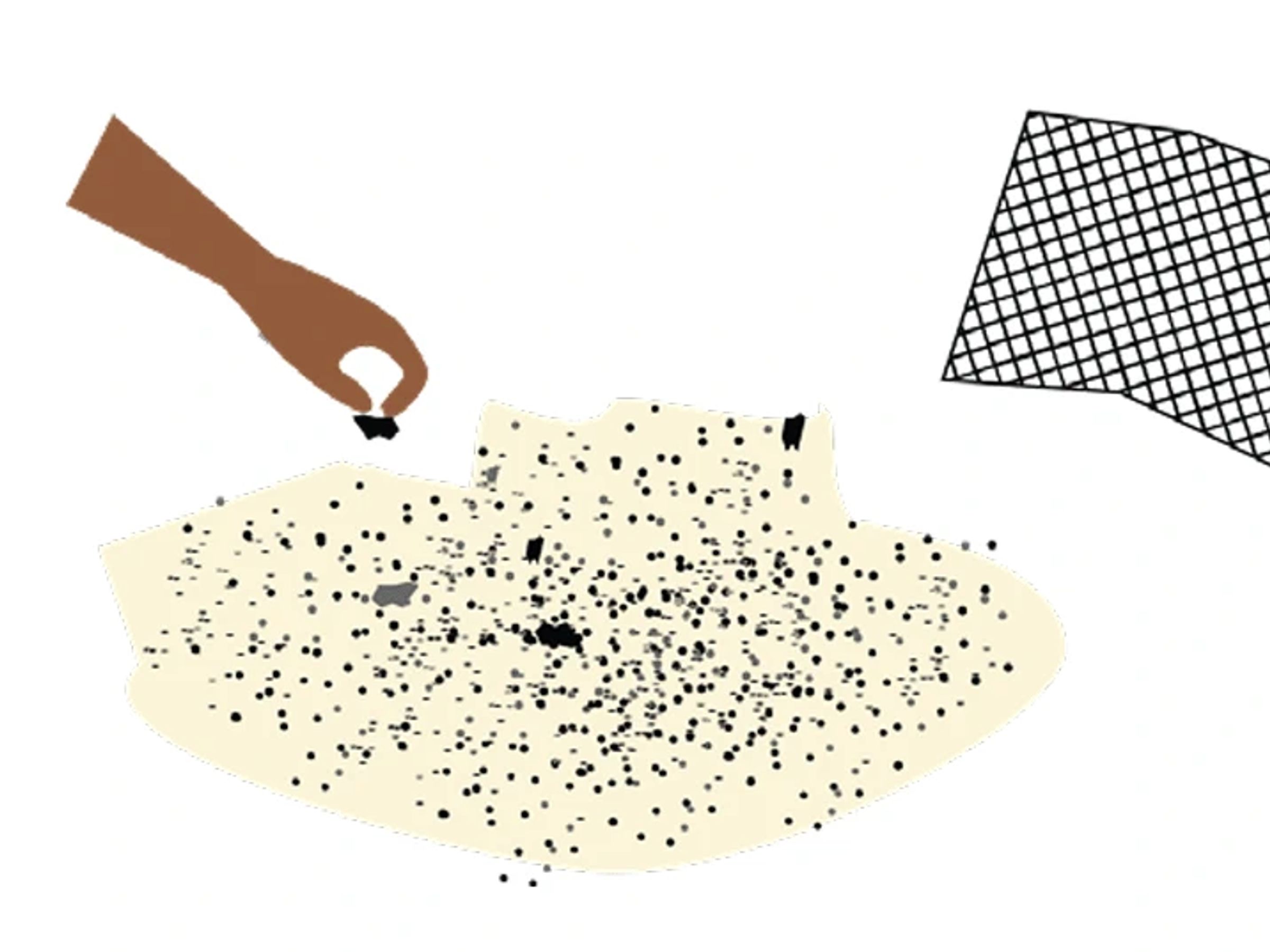
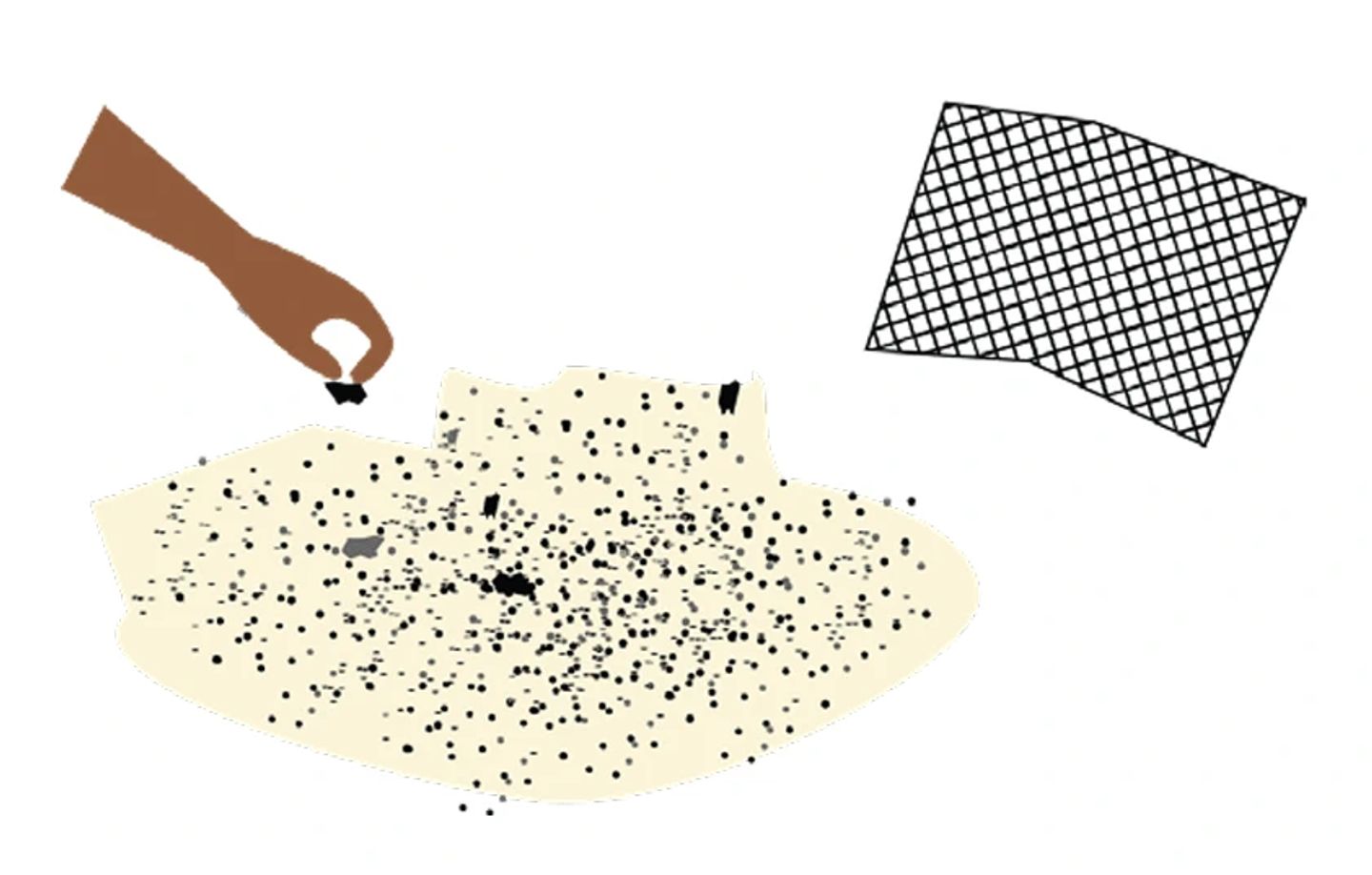
Remove large particles and stones from the sand so they do not take up too much space. You can do this by hand or sieve the sand through a 3-5 mm wire mesh.
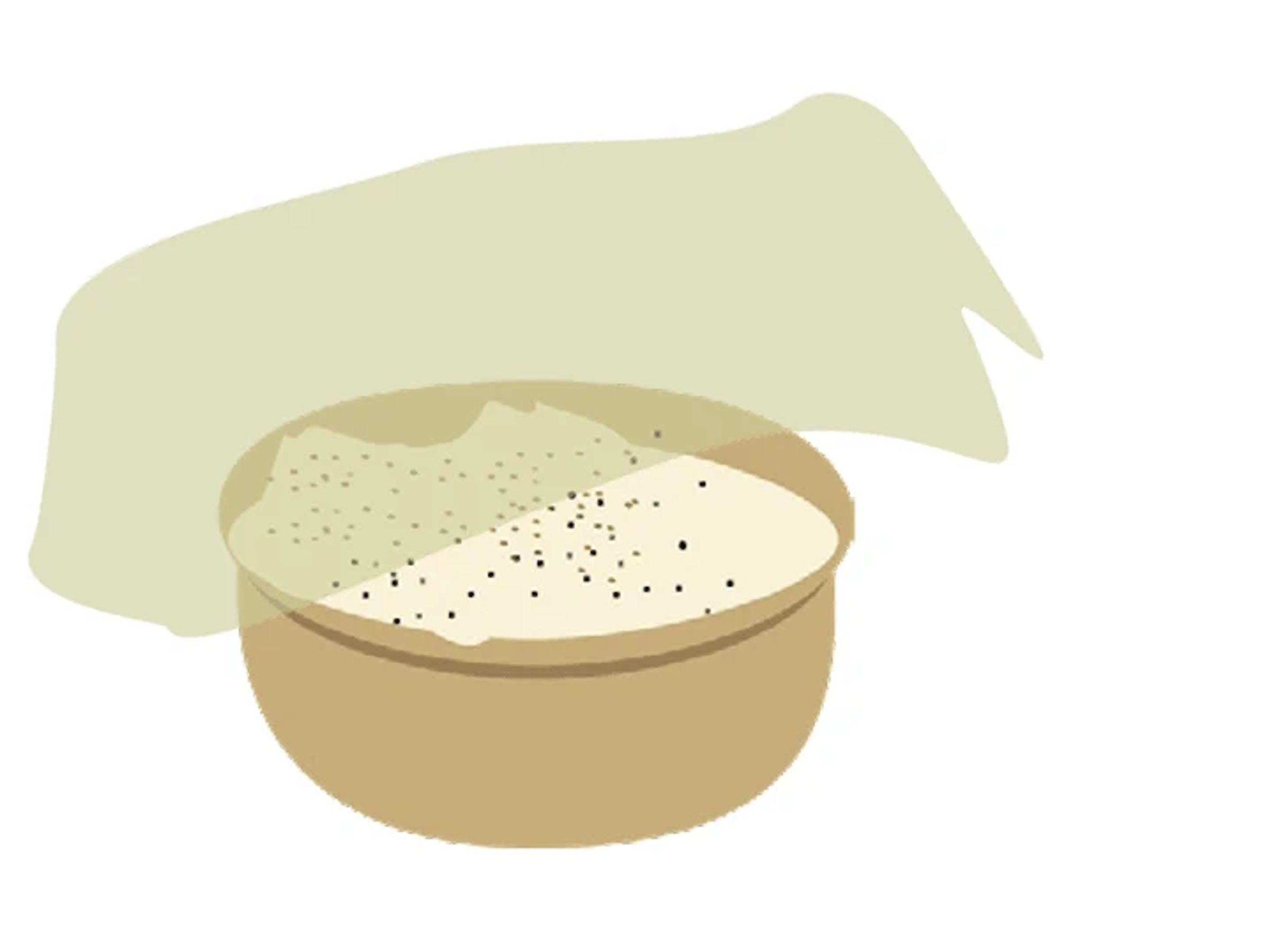
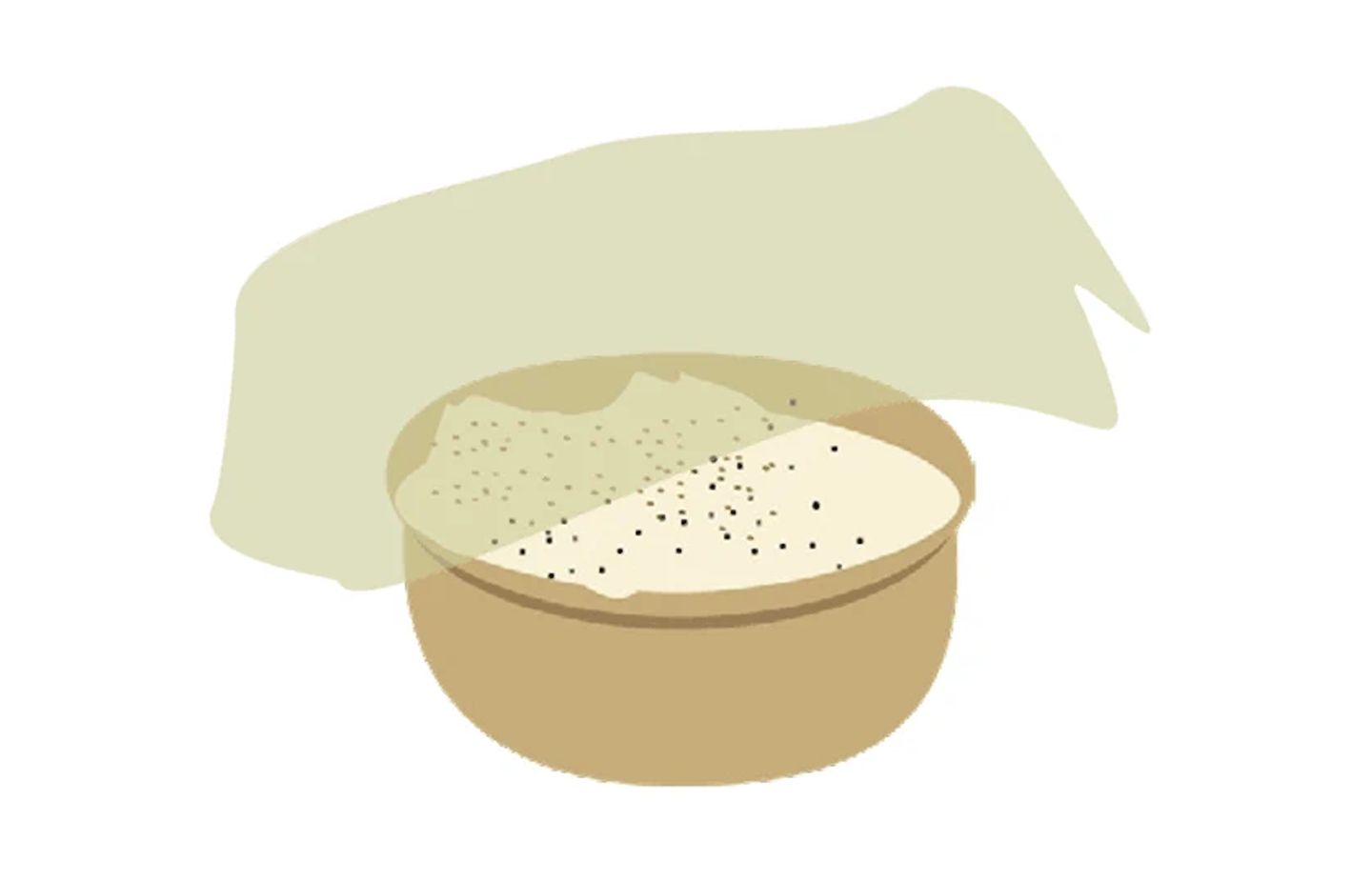
It is recommended to remove the dust from the sand. Otherwise the dust can clog the pores of the pot.
Dust can be removed by a method called winnowing.
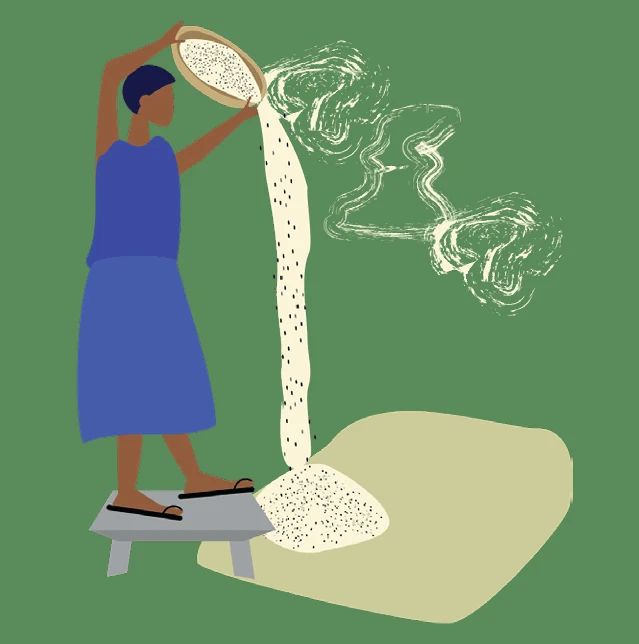

To remove dust by winnowing, slowly pour the sand from shoulder height (you may need a stool depending on your height) onto a cloth on the ground. Any gentle breeze or air movement will blow the dust away while the sand particles fall onto the cloth below.
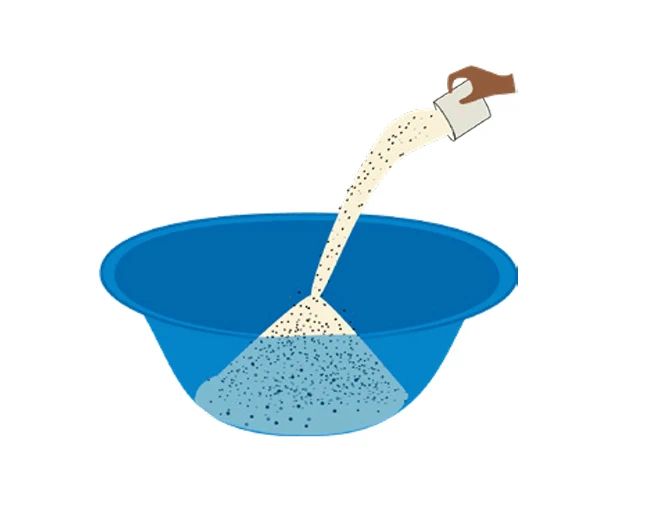

Put the sand in the bottom of the outer pot to create an even surface for the inner pot to sit.
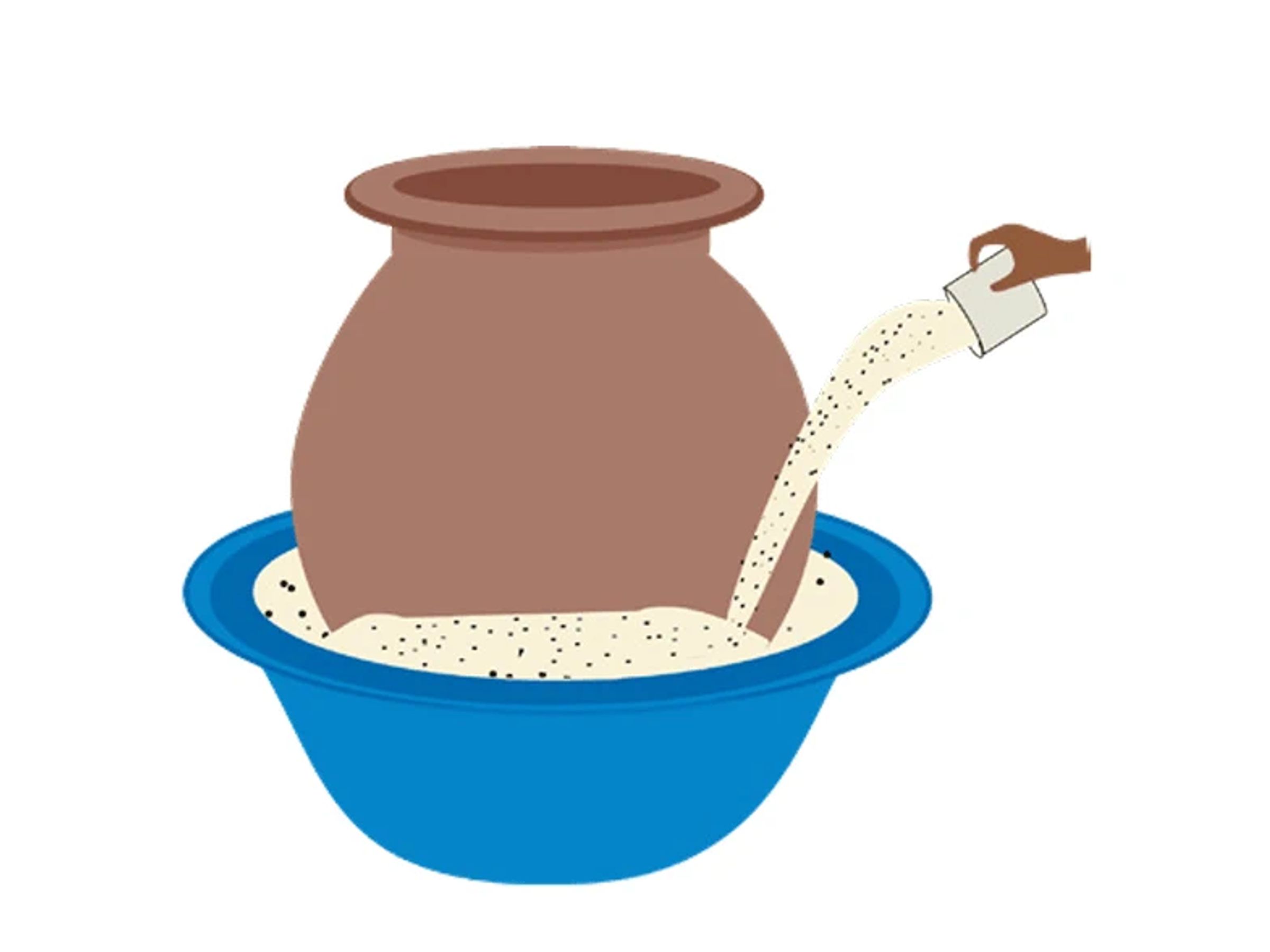
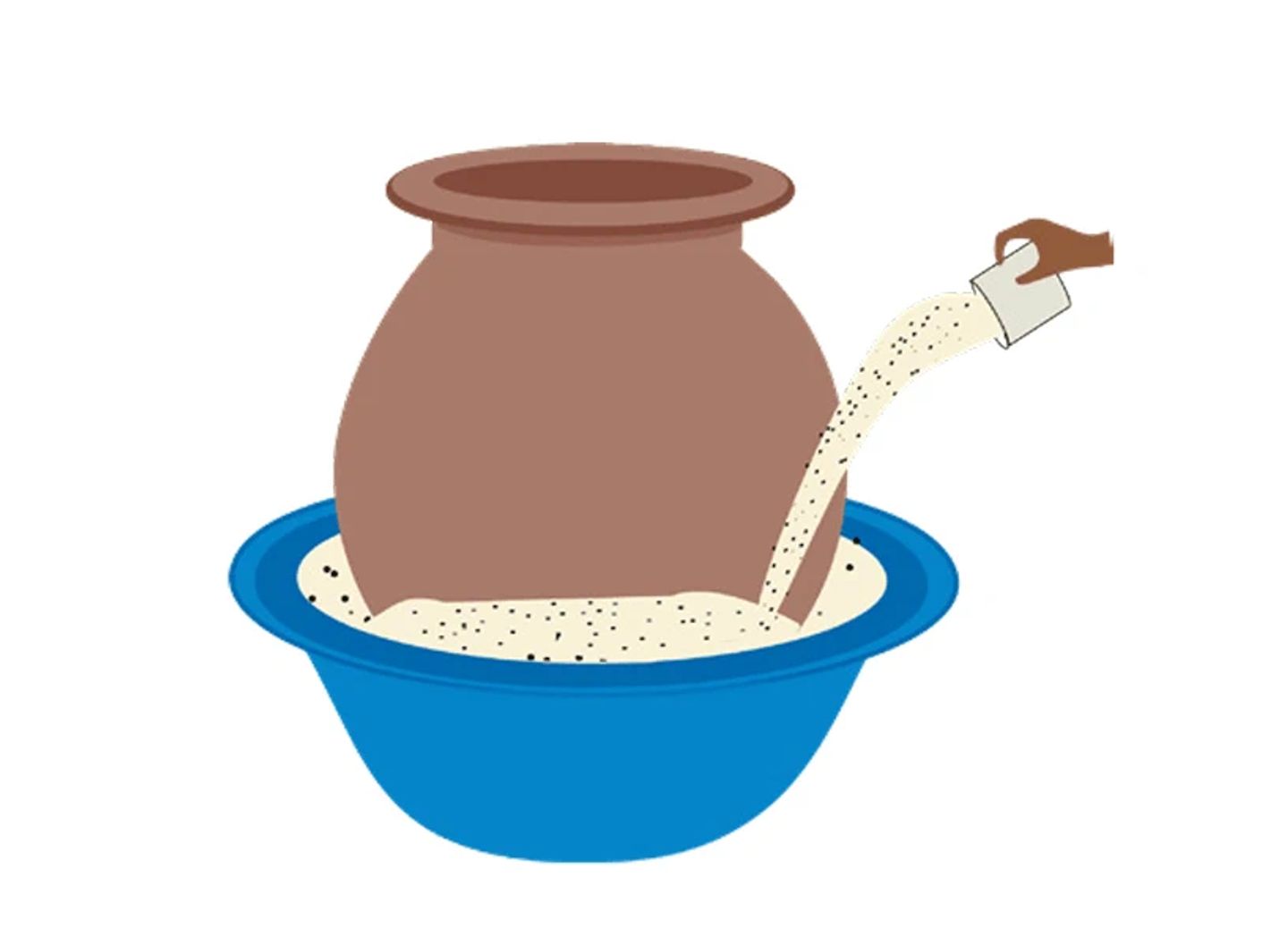
Center the clay pot on the layer of sand inside the plastic basin. Fill the space between the two pots with additional sand.
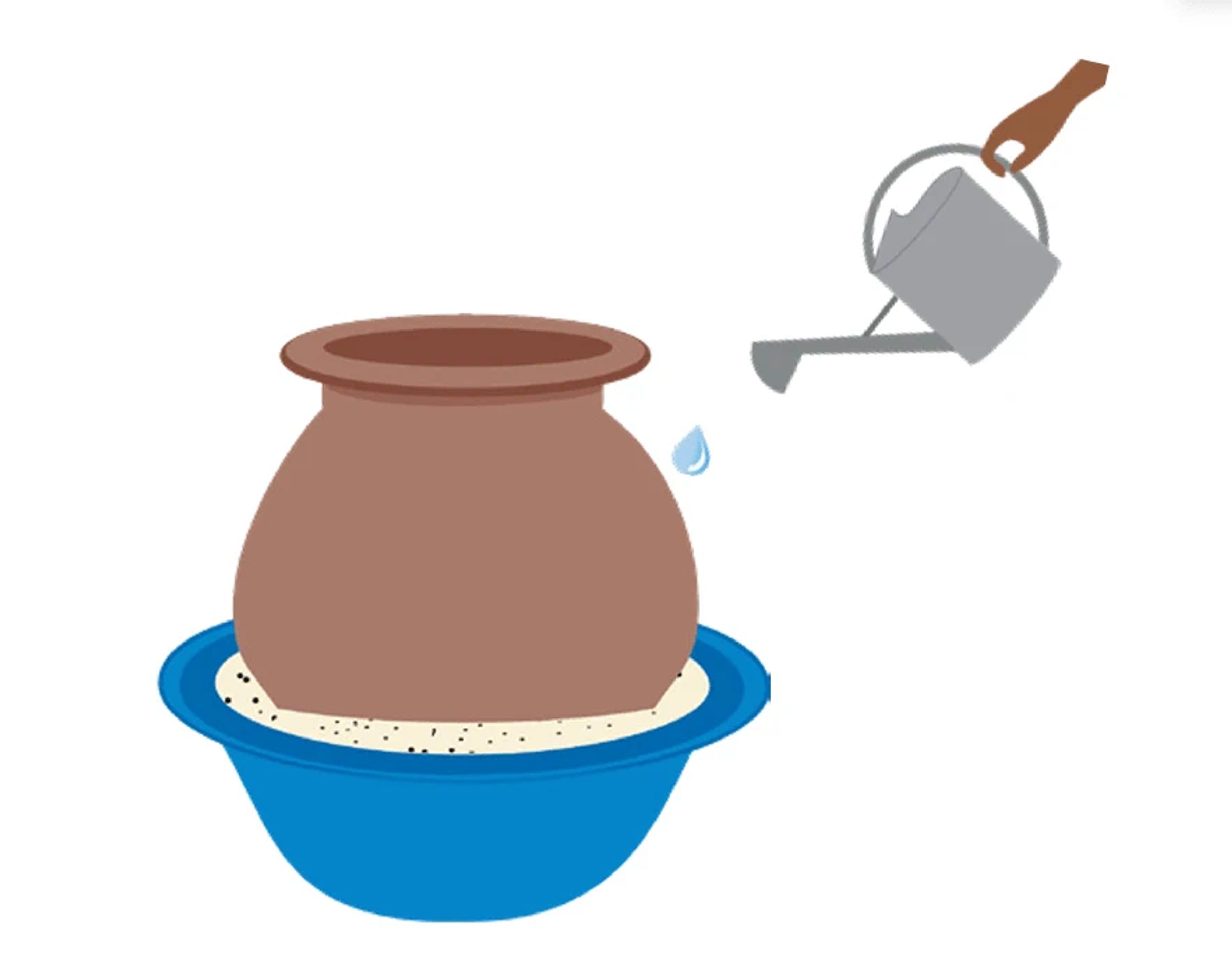
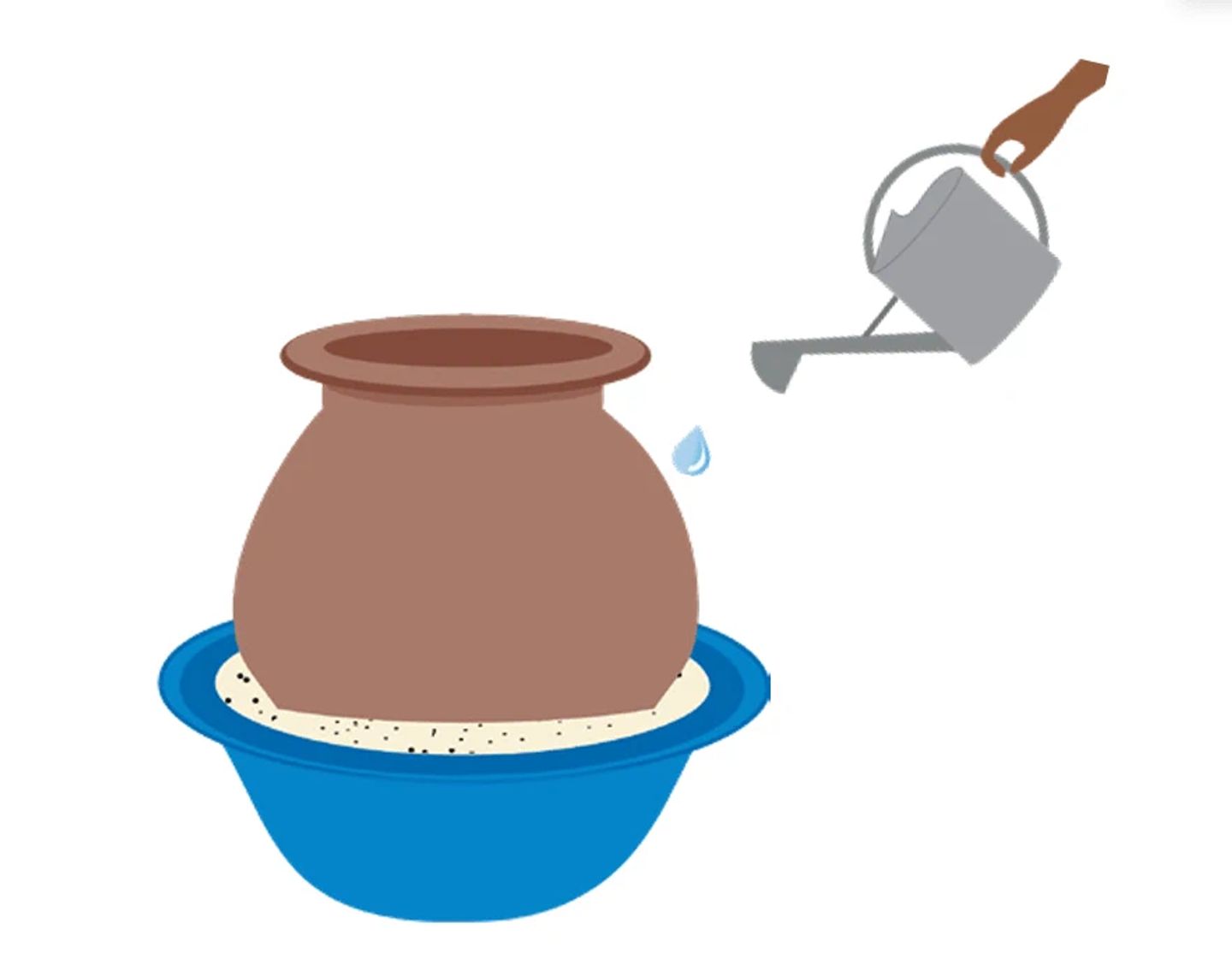
Wet the sand with water. You have added enough water when it takes a few seconds for the water to absorb from the top. If the clay pot begins to float, you have added too much water. Then you have to drain the water before you use the cooler.

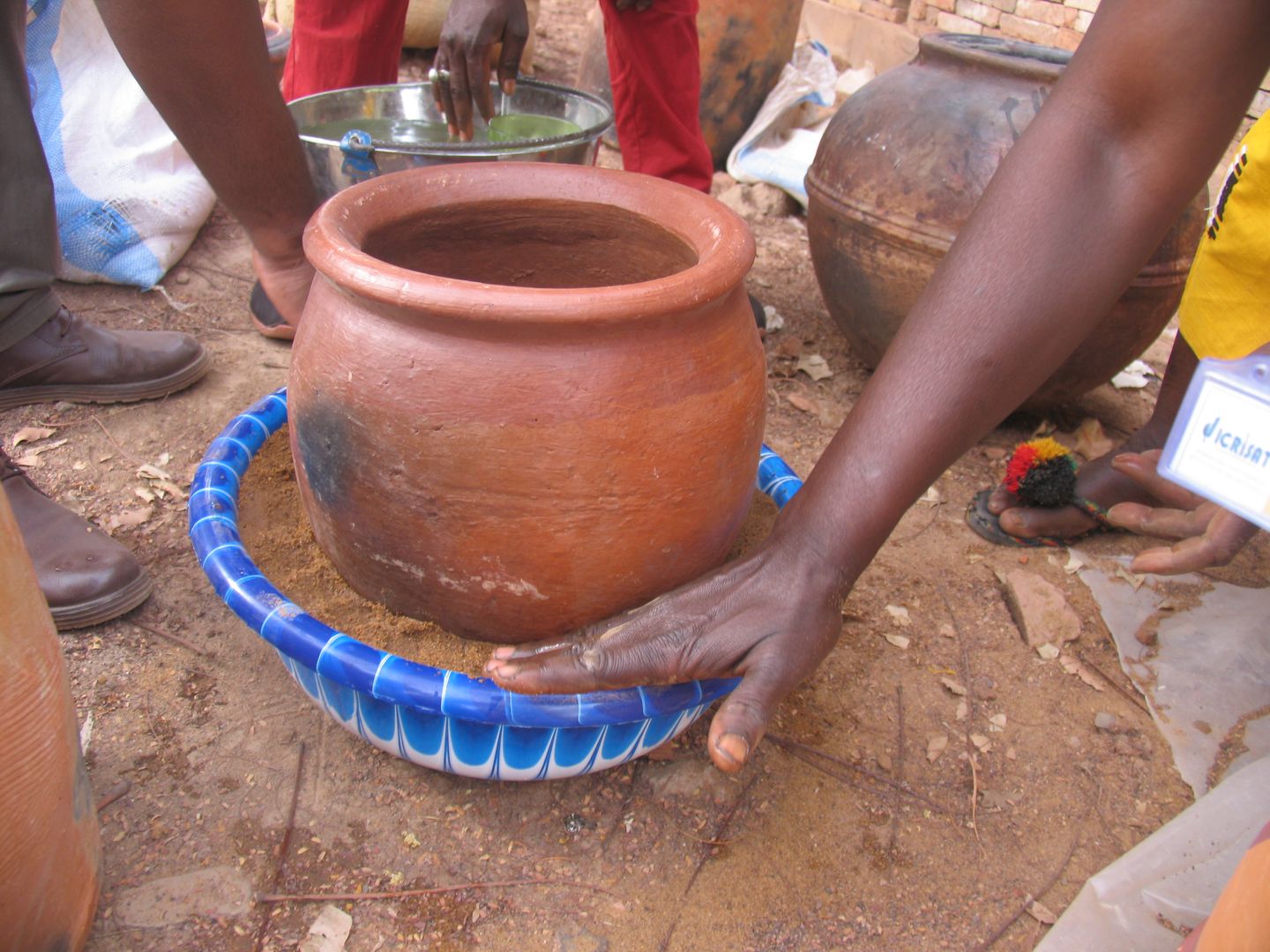
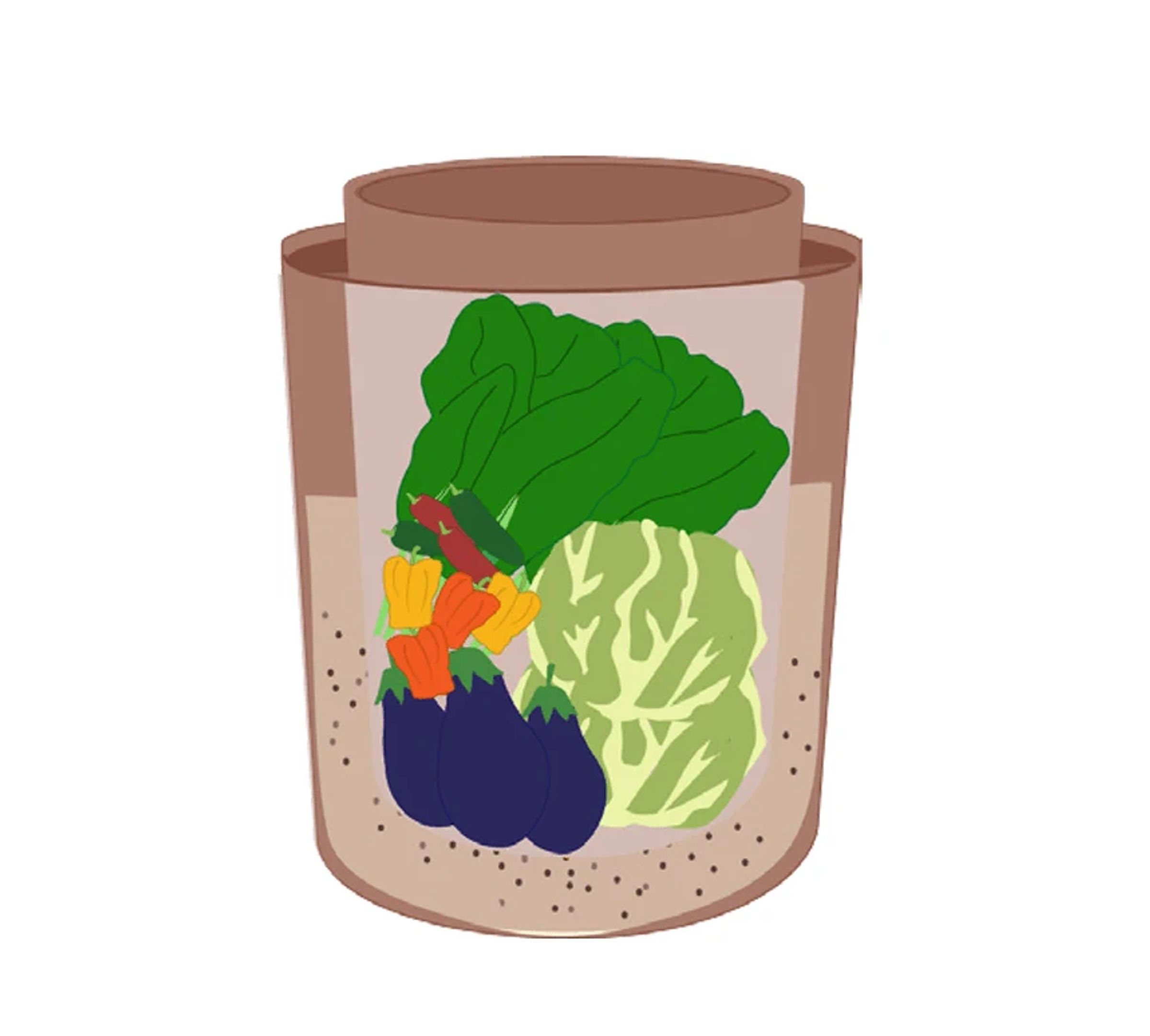
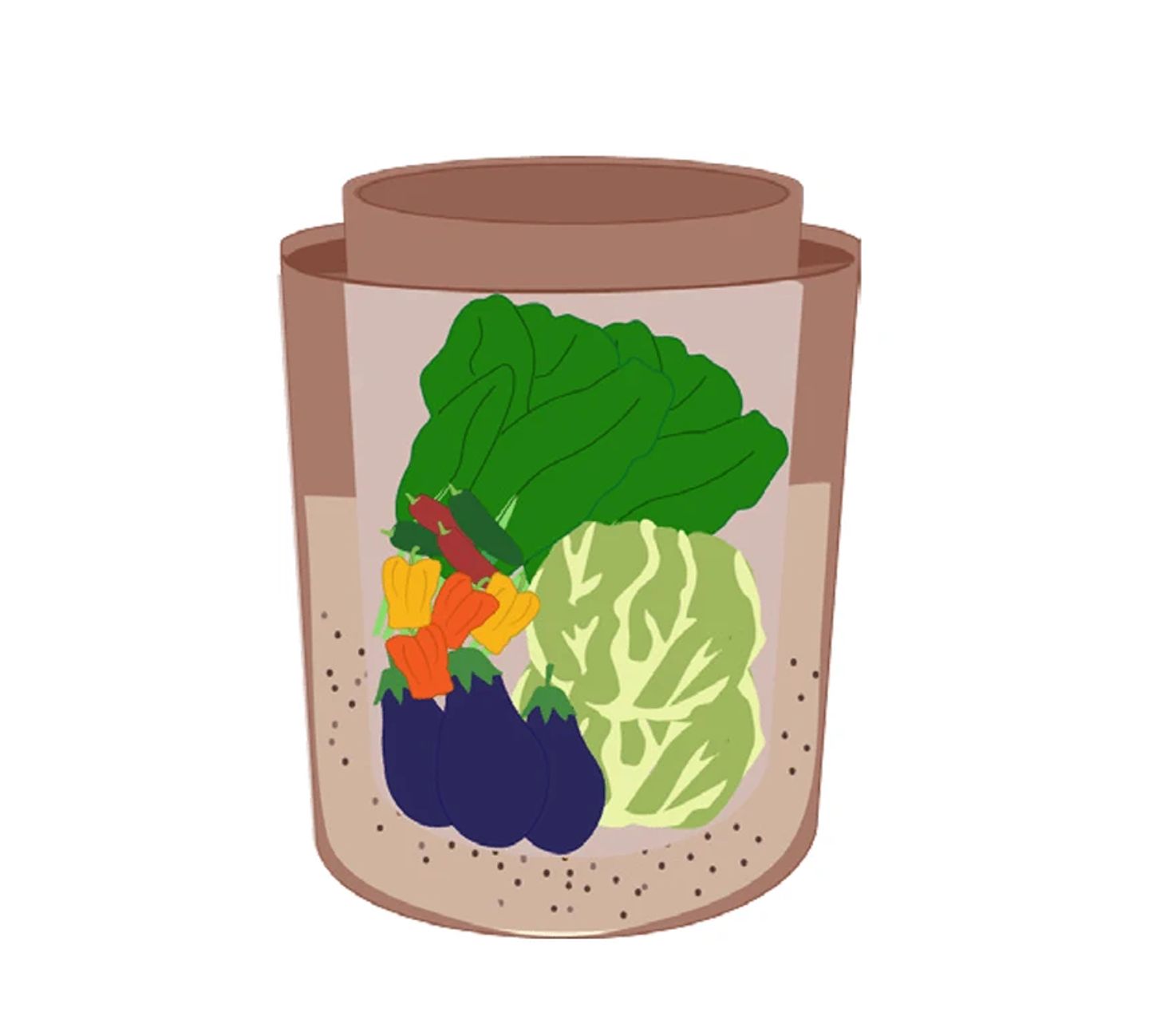
Place the fruits and vegetables in the inner pot. DO NOT store meat, vaccines or milk in the cooler. Be sure that the items added are dry and able to be stored together.
(The following pictures show you the pot-in-pot design clay pot cooler, but the usage is exactly the same.)
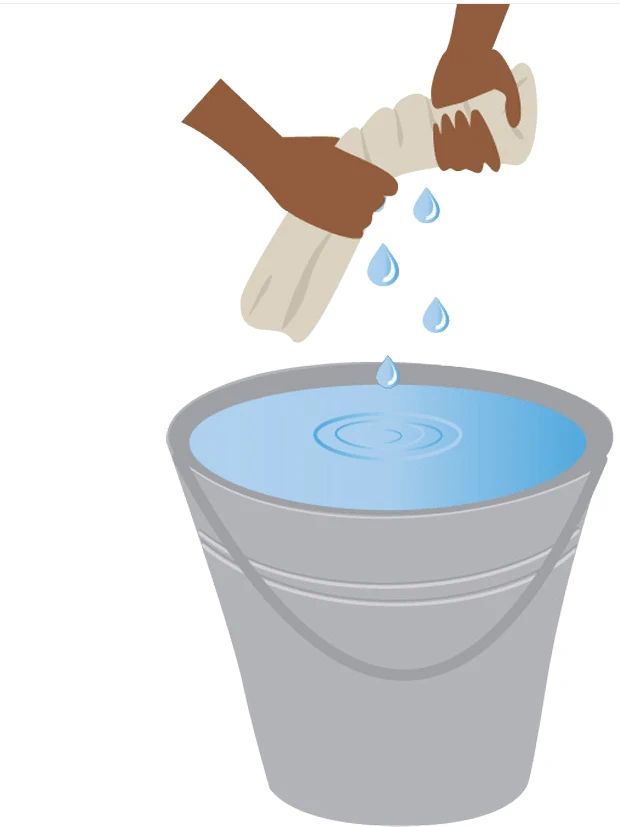
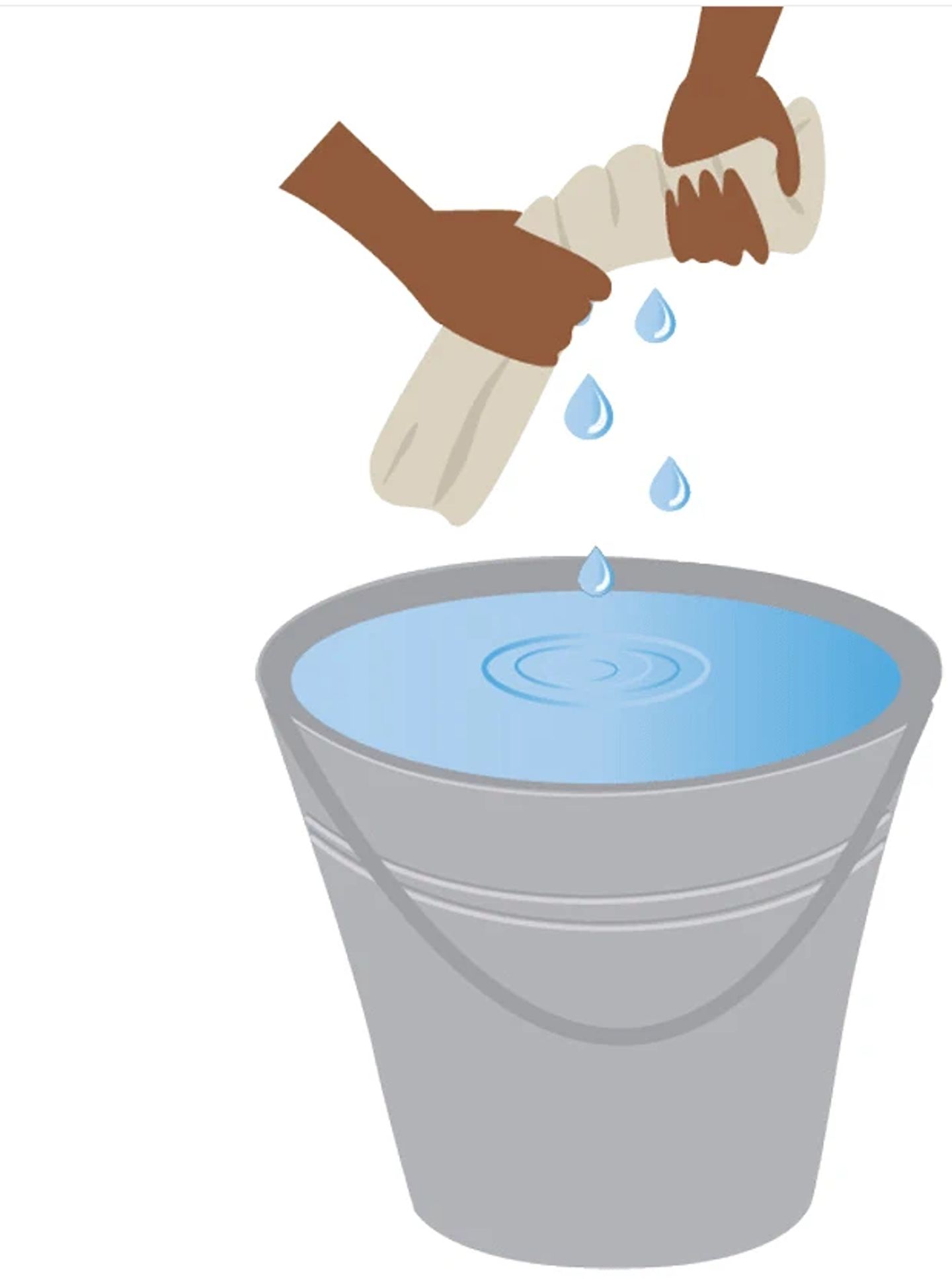
Wet a cloth, a piece of burlap or jute sack. Squeeze out the water.


Put the wet cloth, burlap, or jute on the clay pot. The pot has to be completely covered.
Depending on the thickness of the material it may be best to fold it several times to give enough thickness.
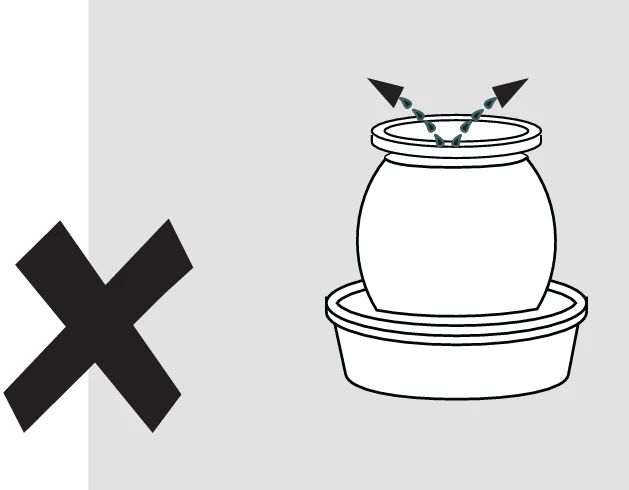


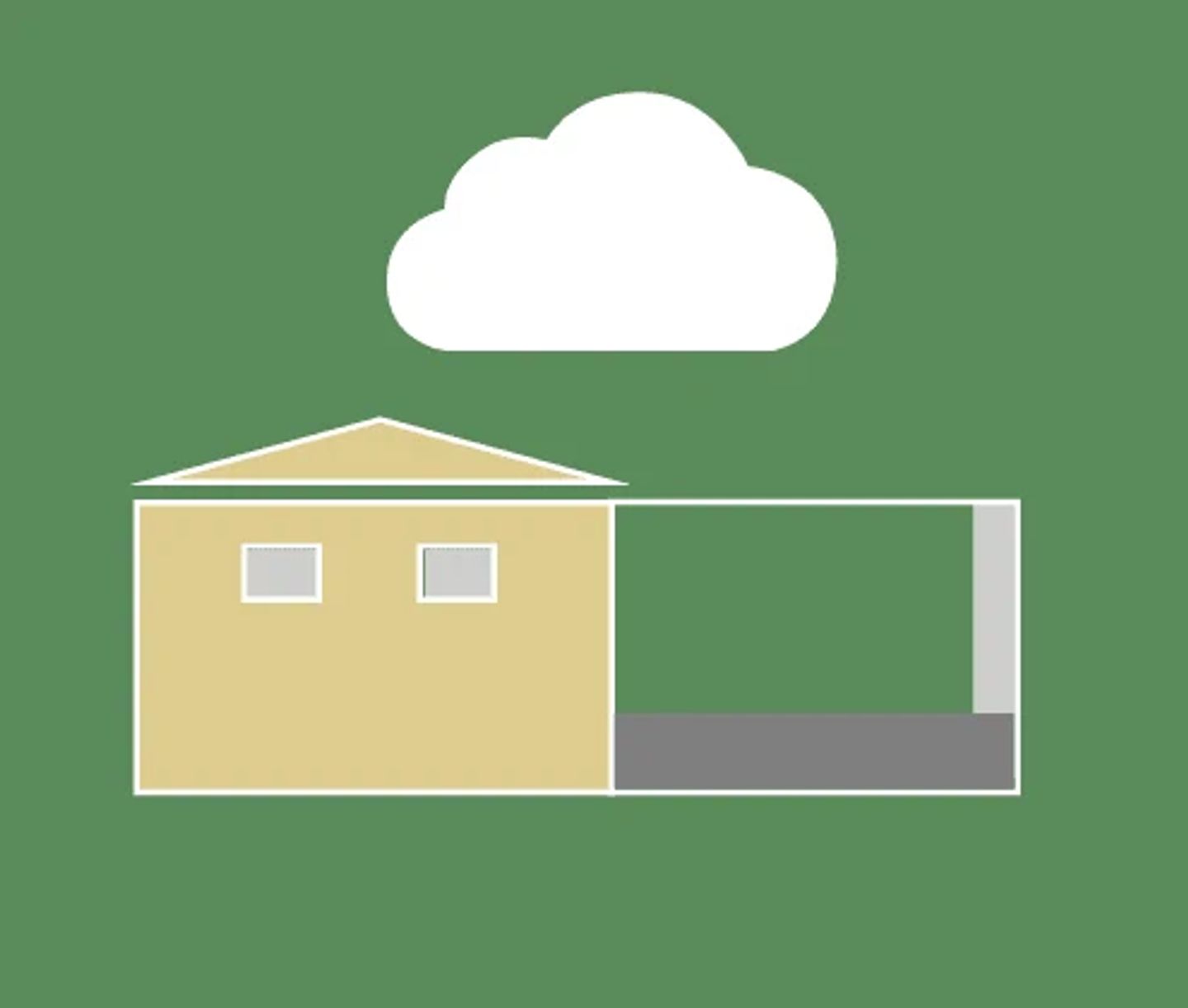
Put your cooler in a room with good air circulation or expose it to outside winds/breezes.
Put the cooler in the shade, NOT into direct sunlight.




Keep the sand and cloth damp at all times. Typically, water should be added once a day.
It is important that the sand and cloth do not dry out. Otherwise, the contents will not remain cool.
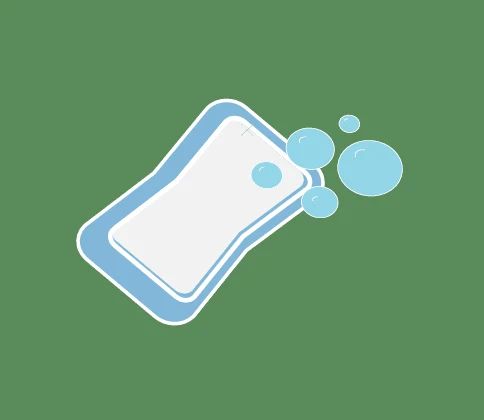

Keep your cooler clean. Sponge it off regularly. Make sure that dust and dirt DO NOT accumulate.
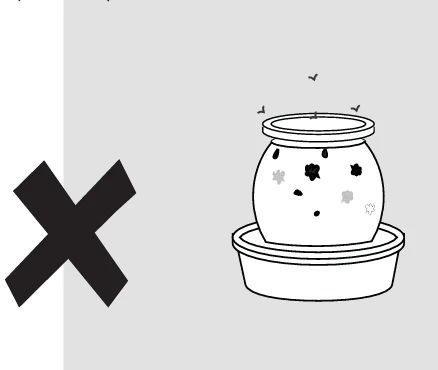
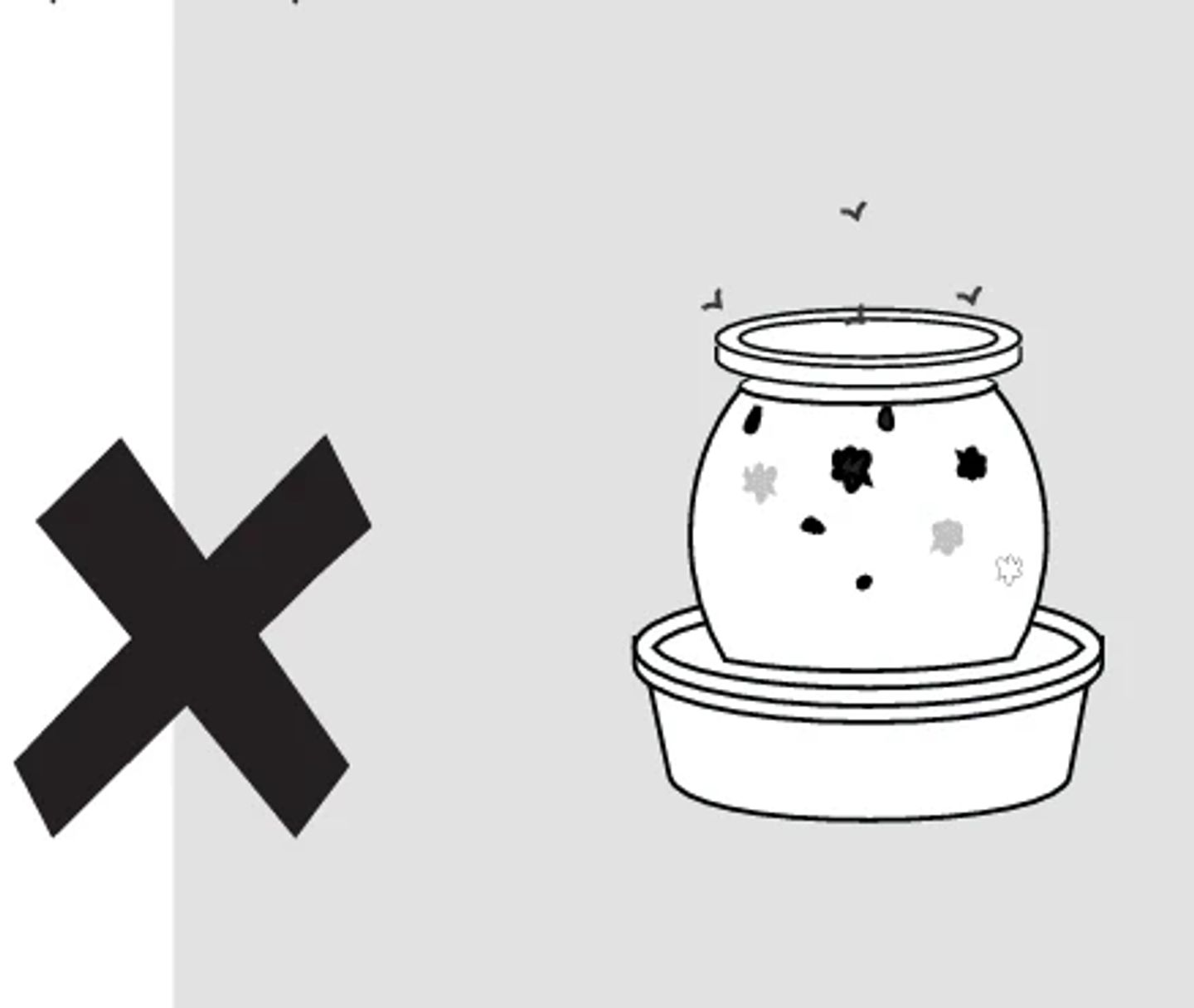
This instruction was developed by MIT D-Lab in collaboration with
Institut d’Economie Rurale (IER)
Laboratoire de Technologie Alimentaire
Avenue Mohamed V, BP 258 Bamako, Mali
Tel/Fax: (+223) 20 22 26 06/ 20 22 37 75
Contact: Dr Fatimata Cisse
Tel: (+223) 76 37 57 27
diallofati@gmail.com
World Vegetable Center–West and Central Africa
Station de Recherche de Samanko, BP 320 Bamako, Mali
Tel/Fax : (+223) 20 70 92 00/ 20 22 86 83
Contact: Kukom Edoh Ognakossan
kukom.edoh@gmail.com
Download the original instruction as PDF from MIT D-Lab (also available in other languages).
Cool your food without electricity
With this clay pot cooler your fruits and vegetables will last much longer.

Safe money and the environment
Vinegar and bicarb are really great products for cleaning. They are...
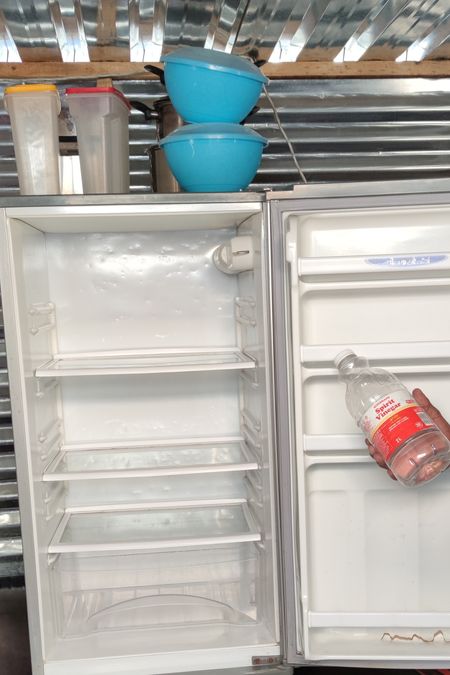
Water-saving hand washing
An easy and fun method of handwashing, suitable for both indoor and outdoor use.

Get rid of rats in your home
Do you also have a rat problem at home? Rats are famous for stealing food,...
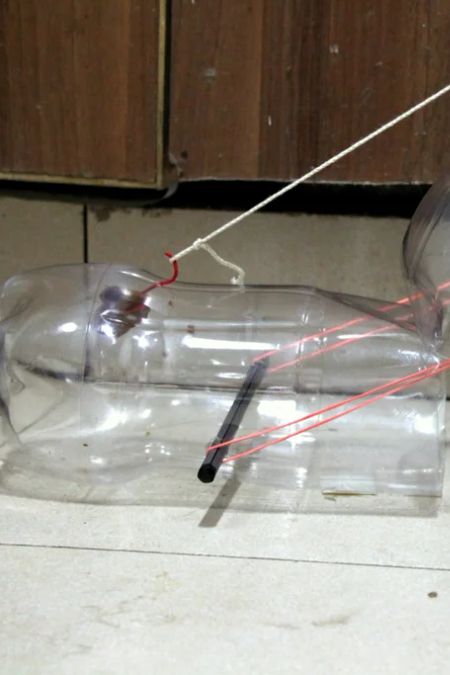

On dooiy you find fun and easy hacks that make life easier. Just follow our simple step-by-step guides and create something for your home or community with little materials and tools. Want to start a business? dooiy might be the perfect starting point for you.

from dooiy
You don‘ t have to be an expert to start making with dooiy. Just choose an easy hack and get going. After you made a few, I am sure that you will come up with your own ideas.
dooiy is being developed by passionate people in Germany and South Africa.

To fulfil our vision, we are looking for partners, volunteers, donors and people who spread the word.
Learn moreand become a partner
